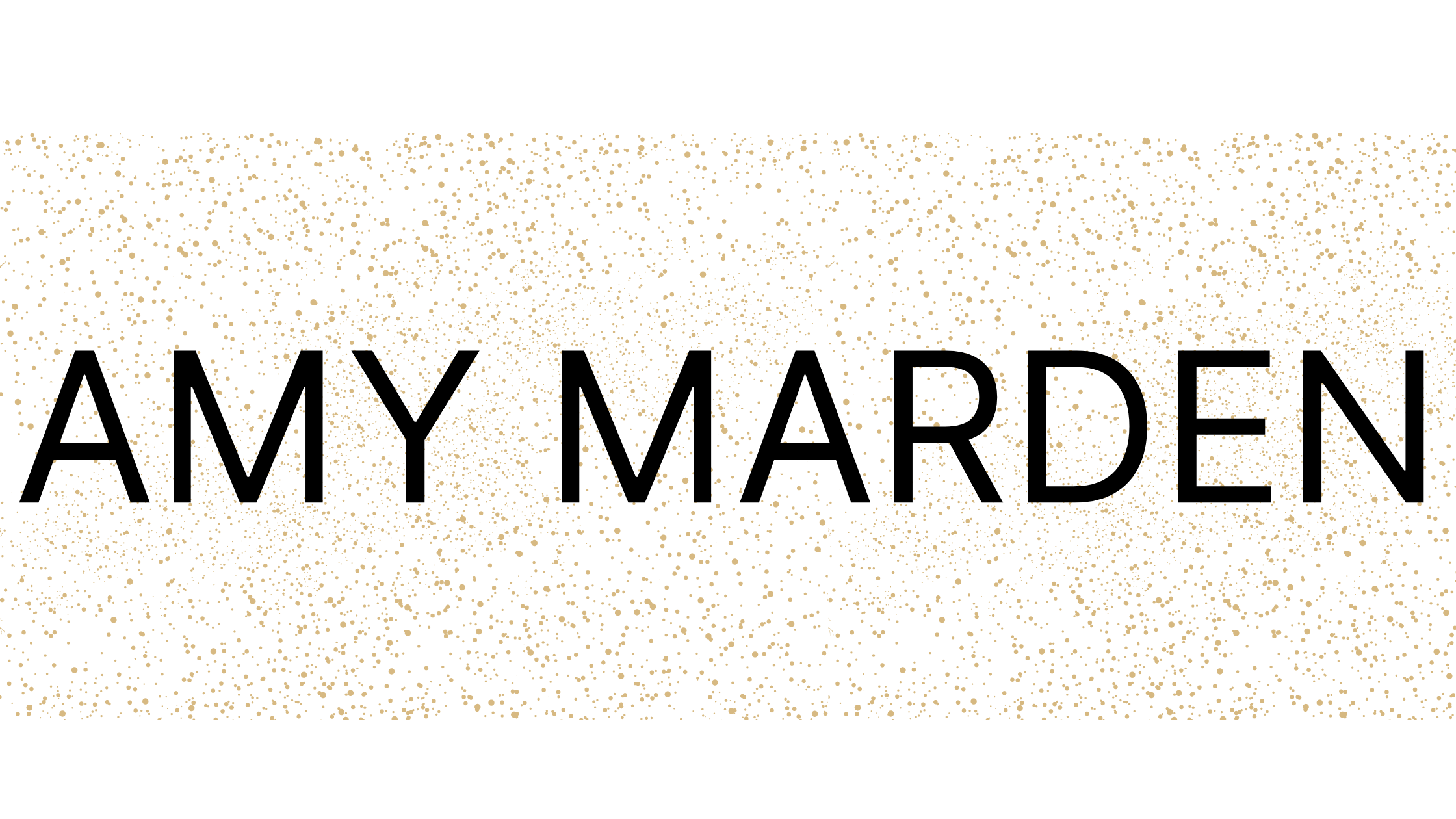On my sixteenth birthday, I partook in the American experience of my generation: the driving test. The stakes were higher then, before the advent of graduated licensing: total failure or total freedom.
I was nervous, but confident. With minimal sweating, I performed a 3-point turn, remembered to obey all speed limits, did not creep into the intersection to turn left, and parallel-parked like a pro (that one was a minor miracle). I passed – only two points off.
Total freedom. I immediately loaded my car with as many gabbing teenage girls as it could hold, cranked the radio to a zillion decibels, and cruised anywhere we wanted to cruise, including the freeway at 70mph.
Flash forward to 16 years later to Monday. My driver’s test to receive a Japanese license was at 9:15. By 8:45 I had taken two Klonopin (prescribed “as needed” by a psychiatrist who’s had a glimpse into the ball of anxiety that is my brain) and I was holding it together with breathing exercises and pacing.
I’d been assured the road test was a breeze. Keep the the left, everything is opposite. Drive forward, make a few turns, you’re only going 30kph (19mph). Just don’t hit the curb. And it’s not like you’ve never backed into a 90-degree parking spot, right? Wrong. Unlike the Ford-Super-Duty-driving Americans I curse under my breath, I drive into parking spaces like a normal person.
And if you’re thinking, “So just go practice,” that is a perfectly logical thought to which I respond:
I wasn’t allowed to.
That’s right. You are not allowed to drive before passing your road test. Catch-22, I know.
9:15. My armpits are soaked with sweat, so I’m clenching my arms to my side to hide it. I, along with two other American men, follow the Japanese instructor to the test vehicle: a Nissan Maxima backed perfectly into a parking spot. The spindly man hands me the key. “Ladies first,” he says with a thick accent. He walks to the passenger side, the left side, as his too-long leather belt swings back and forth
Inside the car, his kind eyes look almost as terrified as I feel. I can only imagine what he’s experienced on these tests (which he conducts most of the day, four days a week, every week.) He braces the cabin – one hand white-knuckling the center console and one on the door handle.
I buckled up (clip on the left), adjusted the mirrors, and turned the ignition. So far so good.
“Do you see that stop sign ahead? Drive to it, stop, and turn left.”
I creep to the corner, careful to stay on the left side of the road. I tap the left stalk down to signal. The windshield wipers screech to life.
“Whoops,” I laugh nervously, fumbling to turn them off. Remember: everything is opposite. I signal with the right stalk.
For what feels like hours he whispers, “Keep going please,” every time I pass over a crosswalk, which happens at the beginning and end of every single block.
I make one more left turn, one right turn (looking right, left, right instead of left, right, left) and end up in a mostly empty parking lot. Clearly he has as much faith in my parking ability as I do. “Pick any spot and back in.”
Oh God. Pick any spot? I don’t like this. Choose wisely, choose wisely…
I choose poorly. I wait until the last spot in the lot, which is one side curb (don’t hit the curb) across from a weird jutted sidewalk with a curb (don’t hit the curb). I perform the weirdest turn ever and begin to back up.
I have no idea where I am in relation to the parking space.
“Do I have to be in the lines?” I ask, completely seriously.
“You are fine. Just go a little more.” He’s still white-knuckling the car and he isn’t looking behind us.
The two guys in the back, bless their kind souls, turn to look out the back window and guide me in. “A little left, more, you’re good, you’re good.” I’m not sure if this was an act of pity of self-preservation in case they needed the same guidance when it was their turn. “Okay, stop.”
“Very good,” the driver says. I shift to park and exhale.
He hands me one of three white platic cards that I just notice are sitting in the cup holder. I take it with two hands (that’s polite), say “Arigato gozaimas,” (Thank you very much) and get out.
I am at least three feet from both curbs and straddling the lines for two spaces. I unclench my fist and look at the card. It’s my license. The instructor had them pre-printed, ready to hand out, the whole time.
Just like at 16, I held total freedom in my hand. I could now go anywhere I wanted, whenever I wanted.
So what do I do?
I walk back to my room, pick up my son, and walk to the store.
Total freedom isn’t all it’s cracked up to be.

Recent Comments